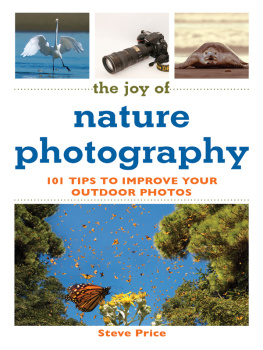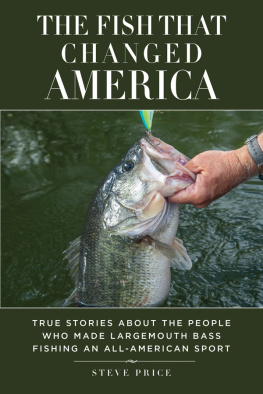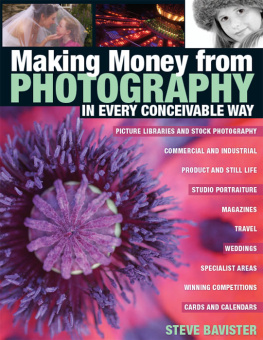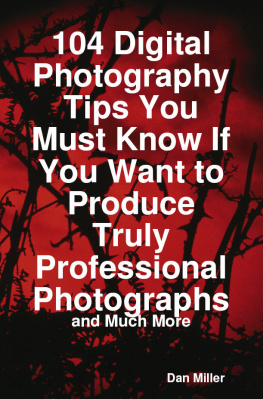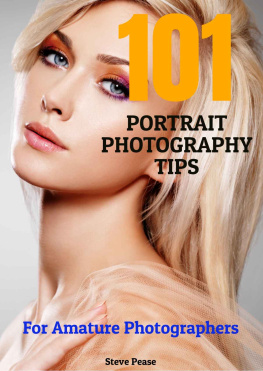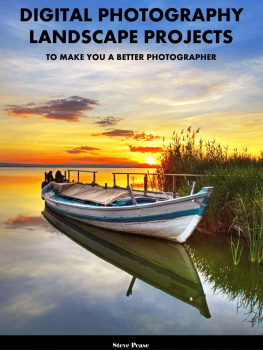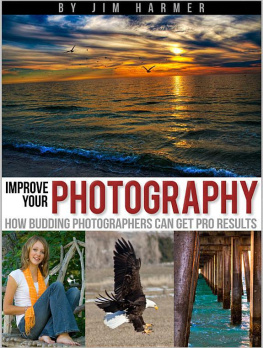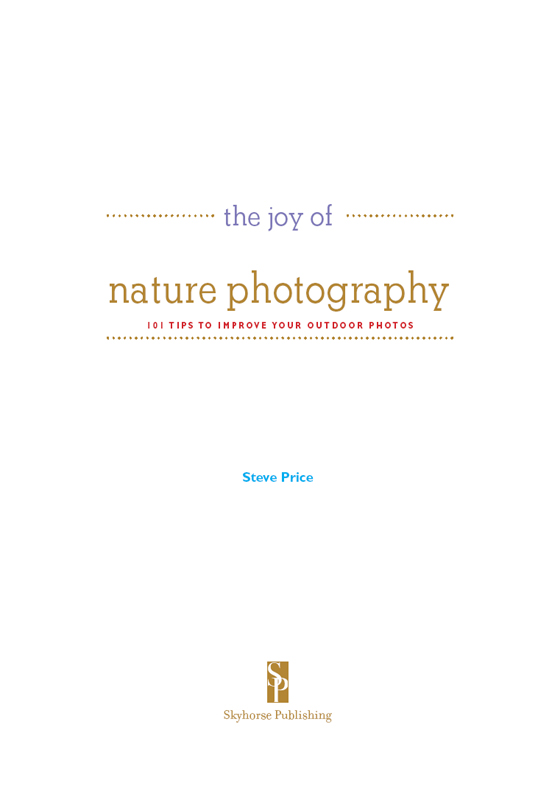
Copyright 2015 by Steve Price
All rights reserved. No part of this book may be reproduced in any manner without the express written consent of the publisher, except in the case of brief excerpts in critical reviews or articles. All inquiries should be addressed to Skyhorse Publishing, 307 West 36th Street, 11th Floor, New York, NY 10018.
Skyhorse Publishing books may be purchased in bulk at special discounts for sales promotion, corporate gifts, fund-raising, or educational purposes. Special editions can also be created to specifications. For details, contact the Special Sales Department, Skyhorse Publishing, 307 West 36th Street, 11th Floor, New York, NY 10018 or .
Skyhorse and Skyhorse Publishing are registered trademarks of Skyhorse Publishing, Inc., a Delaware corporation.
Visit our website at www.skyhorsepublishing.com.
10 9 8 7 6 5 4 3 2 1
Library of Congress Cataloging-in-Publication Data is available on file.
ISBN: 978-1-63220-691-6
Ebook ISBN: 978-1-63220-947-4
Cover design by Owen Corrigan
Cover photos Steve Price
Printed in China
To my wonderful daughter Valerie, an extremely talented landscape photographer and some of whose photographs I am proud to include in this book.
CONTENTS













Introduction
T HE SMALL puddle of water splashing from side to side in the bottom of the canoe did not seem threatening, and I paid little attention to it, even though it grew by a few drops each time David and I switched paddling sides to keep our arm muscles from getting fatigued. It was our first morning of a two-day trip down the Yadkin River in North Carolina, and for both of us, the excitement of the adventure commanded all our attention. I was fourteen years old and exploring a brand new world.
Too late, I realized the little puddle of water had been sliding further down the canoe as it grew, and had reached the small Brownie box camera I had placed under my seat for quick access. When I grabbed it in a panic, water ran off the camera in a solid stream, and when I made a quick test to check the shutter and then advance the film, the knob would barely turn because inside the roll of film was already a soggy mess.
I remember my disappointment clearly, not only because now I could not record any portion of our canoe trip but also because it was the only camera our family owned. I had been entrusted with its safekeeping, and failed, barely three hours into our trip. Letting a camera get wet was a mistake I vowed not to make again.
But I did make that mistake again, as well as plenty of others, while carving out a career as an outdoor photojournalist. Several years ago, while presenting an outdoor photography seminar for the well-known Recreational Equipment, Inc. (REI) store in Dallas, I made the comment to my class that I thought at one time I had made every mistake in the book during my career, but I quickly realized that wasnt true, since I was still making mistakes as a photographer.
That was probably when the idea for this book was born, with the premise of telling readers how to avoid making many of the mistakes I had made. While it is true that the only requirement for a photograph to be successful is that the photographer who took the picture likes it, it is also true that virtually all photographers want others to also like their pictures. To that end, avoiding simple, careless mistakes becomes very important, and forms a vital part of this book.
Photography has changed a great deal during the half century since my ill-fated canoe trip, but at the same time, it has not changed at all. The key factors of composition, understanding light, and using color remain exactly the same. Learning how to consistently blend these, and other factors, into successful photographs, is also a major part of this book. I have included 101 tips, but it could easily have been more; hopefully, following some of these I have presented will give you a good starting point.
Digital photography makes learning photography easier than ever before, if you take the time to learn what it is telling you. In an instant, you can see if you captured the image you wanted by looking at the cameras LCD viewing screen. A histogram shows your exposure, and enlarging the image tells you if your focus was sharp. During my early trips to Africa and other places, it sometimes took months to get my processed film back to learn if Id gotten it right, all the while knowing that if I hadnt done it right, there would be no second chances to try it again.
With digital equipment, you have all the second chances you want, but hopefully, you wont need them, even if there is water in the bottom of the canoe.
Steve Price
Tijeras, New Mexico
First, a Little History
T HE FATHER of wildlife and nature photography is considered to be George Shiras III (18591942), who, in 1906 had seventy-four of his photographs published in National Geographic magazine. Indeed, the article, titled Hunting Wild Game With Flashlight and Camera filled the entire magazine, and was so well received by readers it was reprinted two years later. Shiras was later named to the board of managers for the National Geographic Society, and in 1935 National Geographic published his book of the same title.
The word flashlight is a little misleading in todays photographic world, however. Shiras did not use the type of flashlights we commonly keep in a toolbox or beside the bed in a nightstand drawer. Rather, he used trays filled with magnesium powder that literally exploded in a loud flash. Later, Shiras began using three separate alcohol lamps and a rubber bulb that, when he squeezed it, sprayed flash powder into the burning lamps. Always experimenting for something better, Shiras also used baited trip wires the animals themselves would set off to trigger his flash units.
As primitive as these techniques sound today, with them Shiras produced some of the very first nighttime images of wildlife the world had ever seen. A lawyer by education (Yale, 1883), Shiras also served one term in Congress as a representative from Pennsylvania. It was in 1889, after years of hunting wildlife with a rifle, that he put the weapon aside and turned instead to photography.

